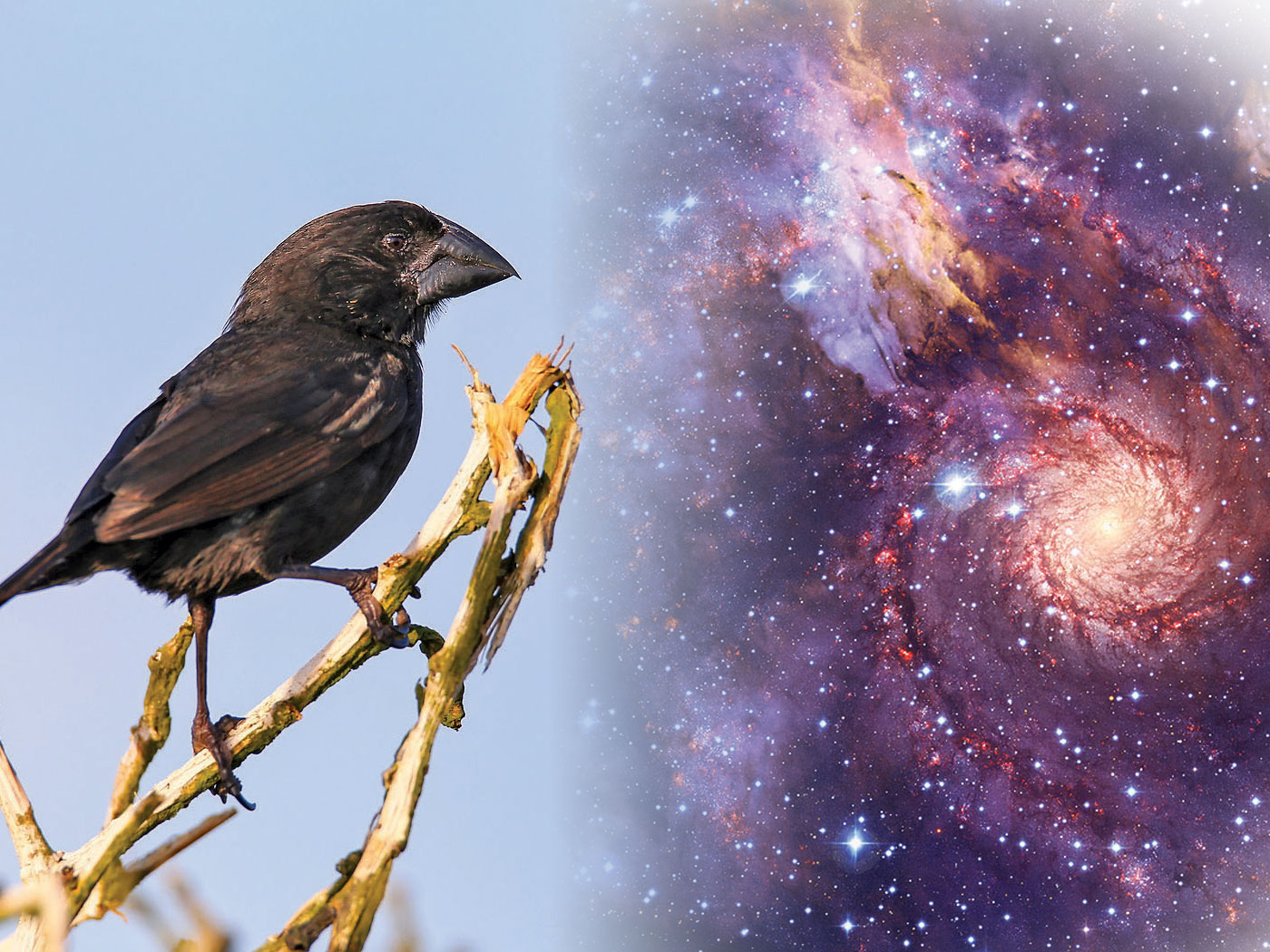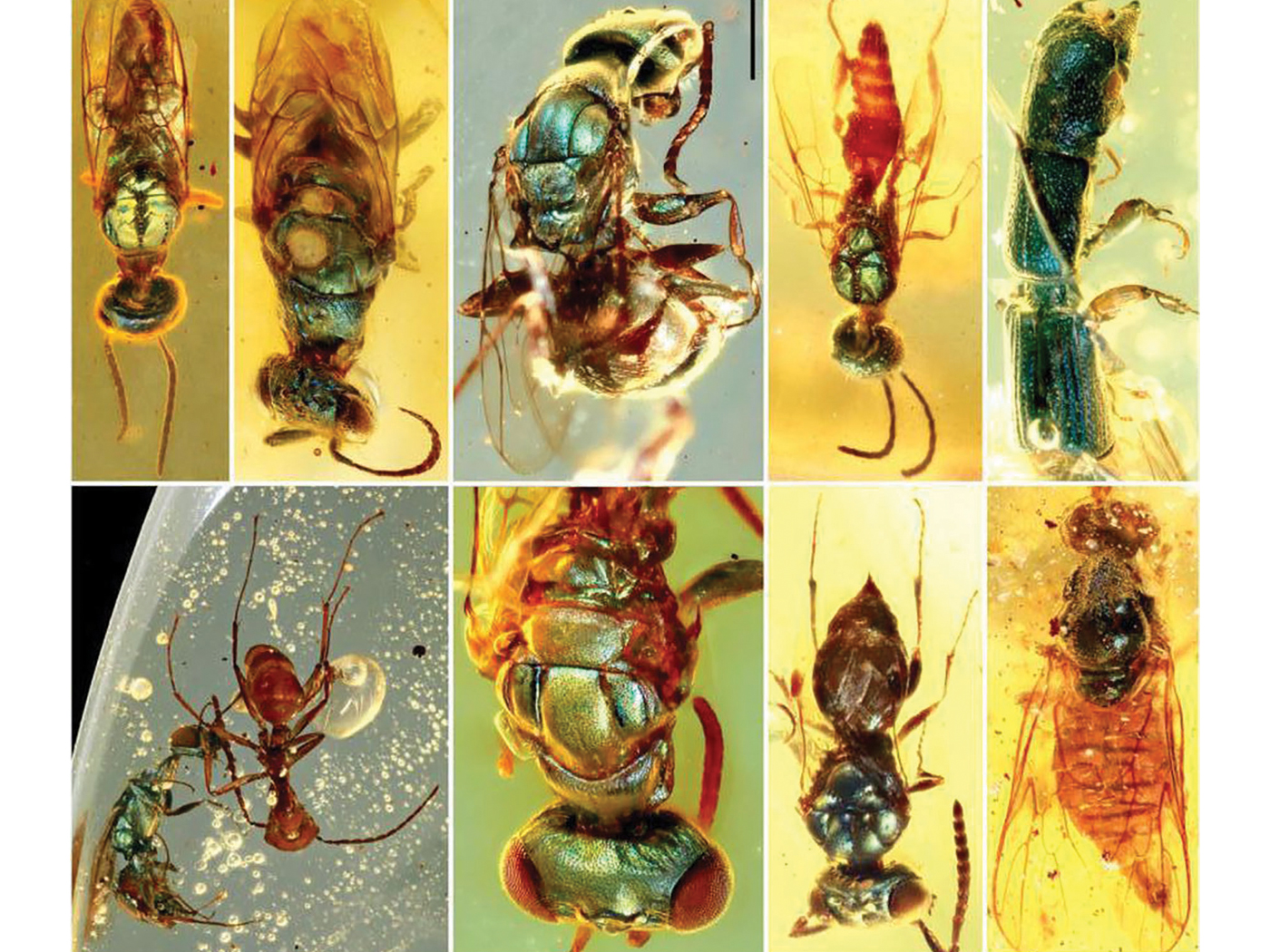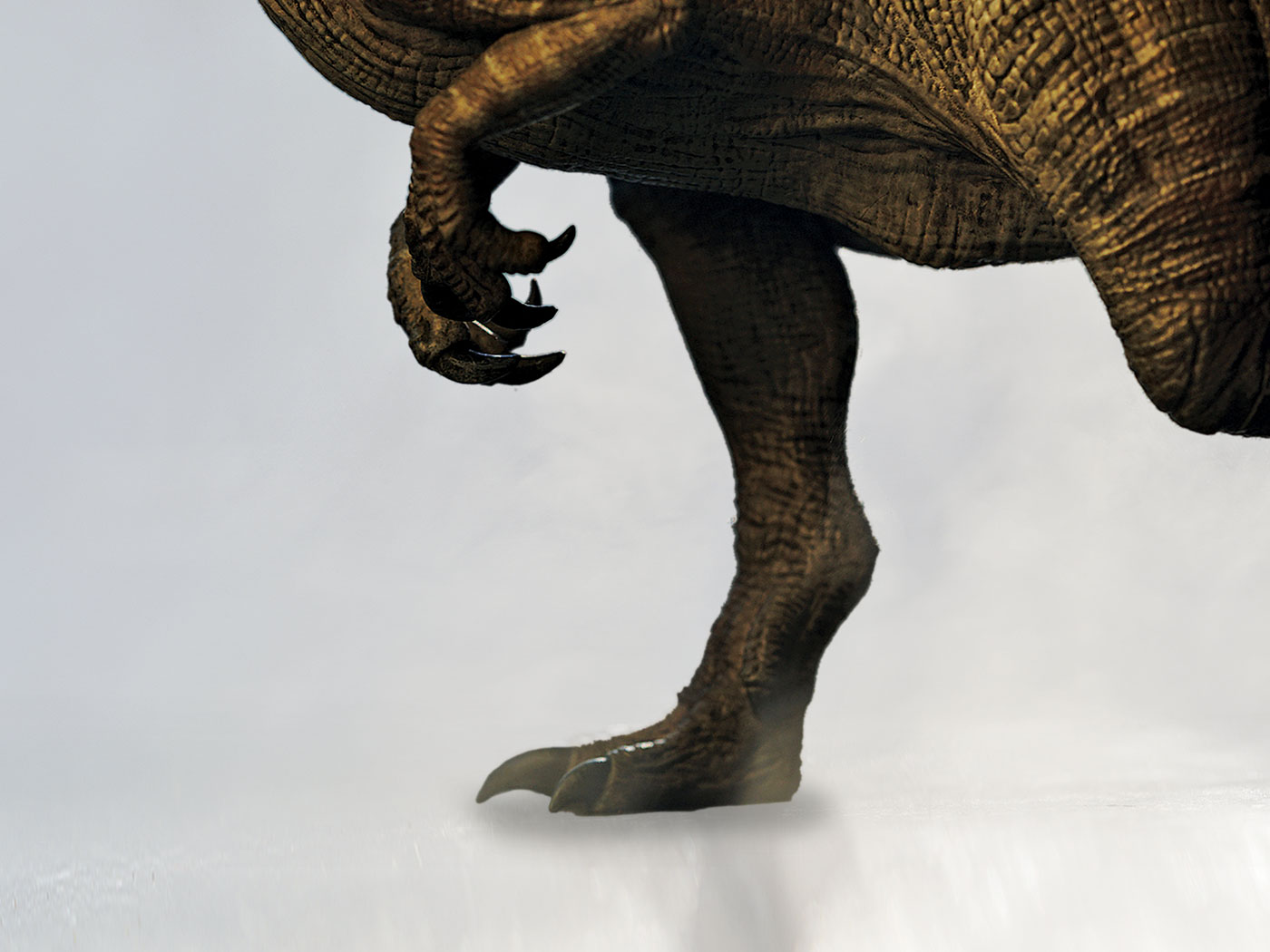Rabbits are cosmopolitan, herbivorous mammals in the scientific order Lagomorpha, which includes cottontails, pikas ("conies"), and hares. Rabbits burrow and give birth to blind, naked young, whereas hares are born above ground, fully furred with eyes open. Pikas' hind limbs are only slightly longer than their forelimbs. Tooth structure is one big difference between rodents (gnawing mammals) and the lagomorphs. Both have long incisors that constantly grow. But unlike rodents, lagomorphs have additional peg-like incisors behind the first pair.
Most fossil mammals are fragmentary, sometimes containing just teeth. The enamel microstructure of various mammal teeth differs widely, but each corresponds to a certain animal kind. The various specifications that are uniquely combined to form tooth structures clearly indicate that they were specially made for their resident animals. These present tough barriers for Darwinian evolution to cross.
For example, evolutionary scientists look to a late Eocene fossil dubbed Mimolagus as a possible transition to lagomorphs, even though it is known only by a few teeth. But Mimolagus is not mentioned in a number of prominent evolutionary texts. There seems to be no evidential connection between Mimolagus and its supposed ancestor, Mimotoma of the Paleocene (known only by remains of some facial bones and teeth).
True lagomorph teeth have been found from the mid/late Eocene and assigned to a genus called Lushilagus, which could not have evolved from Mimolagus due to the evolutionary dating discrepancies. Evolution texts would be trumpeting these fossils as transitional if they obviously were, but instead the books are silent.
Fossils of these specialized teeth do not occur in a progressively graded chain from one tooth plan toward another, from lower to higher sedimentary strata. Undeterred by the total lack of evidence for gradual tooth evolution, however, paleontologists have persisted for over a century in trying to trace which teeth structures evolved into which. If Darwinism is true, the fossil teeth of mammals should show transitions, or some gradual morphing from one tooth structure to another. Instead, the teeth appear in disparate groups.
What was the origin of lagomorphs? Were these furry creatures created or did they evolve from non-rabbit ancestors millions of years ago? Vertebrate expert and evolutionist Edwin Colbert stated, "Originating in Paleocene times, lagomorphs first became abundant in the Oligocene epoch, and they have continued this abundance into modern times."1
True rabbit fossils appear in the rock record alongside most other mammals, in what has been called the "placental explosion." Typically interpreted as having begun roughly 60 million years ago, these strata hold fossils of the first anteaters, pangolins, rodents, bats, hedgehogs, dogs, camels, whales, horses, hyraxes, elephants, dugongs, and many others, as well as a few mammalian forms that are now extinct.2 A March 2008 report described a "53 million-year-old" rabbit foot bone that indicated true rabbits existed millions of years before evolutionists had previously thought.3 The foot bone was fully rabbit, and previous transitions are conspicuously lacking.
A diagram in Colbert's Evolution of the Vertebrates clearly shows rodents as rodents and lagomorphs as lagomorphs.4 Vertebrate paleontologist Michael Benton stated, "Rodent [evolutionary relationships] has been much discussed and there has been a broad range of viewpoints.5
In the Oxford Dictionary of Zoology, editor Michael Allaby states, "The lagomorphs are believed to have diverged from a primitive eutherian stock at the same time as, or soon after, the rodents."6 (emphasis added) Finally, evolutionist R.E. Druzinsky has an interesting disscussion regarding the evolution of the clade Glires, rodents and lagomorphs on pages 340-343.7
References
- Colbert, E. H., M. Morales and E. C. Minkoff. 2001. Colbert's Evolution of the Vertebrates. New York: Wiley-Liss, 362.
- Prothero, D. R. 2004. Bringing Fossils to Life. New York: McGraw Hill, 403.
- Good Luck Indeed: 53 Million-year-old Rabbit's Foot Bones Found. ScienceDaily. Posted on March 24, 2008, accessed July 19, 2009.
- Figure 24-1 in Colbert et al, Colbert's Evolution of the Vertebrates, 362.
- Benton, M. J. 2015. Vertebrate Paleontology. Wiley: Blackwell Publishing, 385.
- Allaby, M. 2020. Oxford Dictionary of Zoology. Oxford: Oxford University Press, 327-28..
- Cox, P. & L. Hautier, editors. 2015. Evolution of the Rodents. Cambridge University Press. 340-43.
* Mr. Sherwin is Senior Science Lecturer at the Institute for Creation Research.
Cite this article: Sherwin, F. 2009. Bunnies Bug Darwin. Acts & Facts. 38 (9): 17.






















